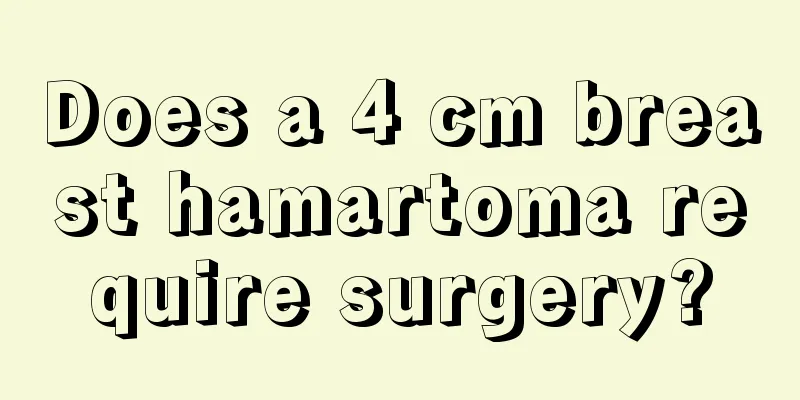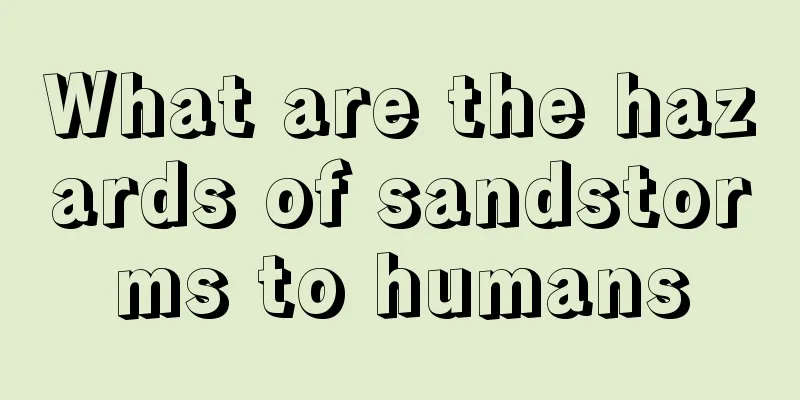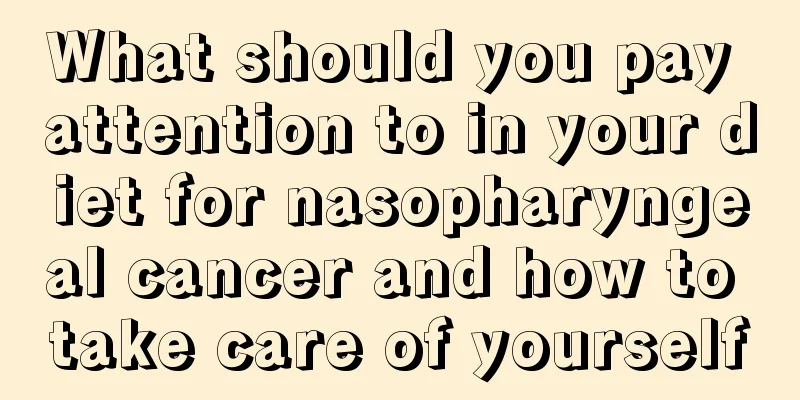Can Hunter syndrome cause facial paralysis?

|
The symptoms of Hunter syndrome are mainly concentrated on the face. Patients will feel abnormal reactions on their faces. The most common symptom is facial paralysis. If it occurs, it means that the disease has occurred. In this case, it is best for patients to go to the hospital as soon as possible to receive relevant treatment. Otherwise, it will cause great damage to their facial skin. A very small number of patients will lose their original ability to work due to the influence of this disease. Clinical manifestations The typical manifestation is unilateral peripheral facial paralysis accompanied by auricular herpes. Because the lesion is in the geniculate ganglion of the facial nerve, which is the place that manages the secretion of the tear gland, more than 70% of patients have reduced or even absent tears on the affected side. This is undoubtedly a further blow to the affected eye that can no longer close. Patients will develop dry eyes. If not treated in time, mild cases may lead to conjunctivitis, and severe cases may cause corneal damage and degeneration, leading to permanent vision loss. Most patients also have symptoms of auditory nerve involvement, namely tinnitus/deafness. Some patients have symptoms of vestibular nerve involvement, namely unsteady walking, dizziness, etc. A few patients may lose their ability to work as a result. In a few patients, the virus infection is more extensive and can affect the brainstem, causing brainstem encephalitis and multiple cranial neuritis. If the oculomotor nerve is affected, eye fixation may occur. We once encountered a particularly severe case in which the second to ninth cranial nerves were infected, and the patient eventually became blind as a result of the disease. Hunter syndrome, also known as Ramsay Hunt syndrome, is also called geniculate ganglionitis. It is a common peripheral facial palsy, second only to Bell's palsy in incidence. It was first reported by Ramsay Hunt in 1907, hence the name. The main symptoms are severe pain in one ear, ear herpes, and peripheral facial paralysis on the same side, which may be accompanied by hearing and balance disorders. The disease is caused by the varicella-zoster virus lurking in the geniculate ganglion of the facial nerve, which reactivates when the body's immune function is reduced. In addition to invading the geniculate ganglion, it can also affect the adjacent auditory nerve. Impaired cellular immunity is associated with the onset of the disease. Because the infection spreads to the brain and causes local meningitis, the cerebrospinal fluid often has abnormalities. This disease is usually treated with hormones and neurotrophic agents. |
<<: What is the relief method for lynch syndrome
>>: What is the best way to soak sea cucumbers?
Recommend
Why can't you eat in the late stage of liver cancer? You need to pay attention to these in the late stage of liver cancer
In the late stage of liver cancer, patients will ...
What are the symptoms of mango allergy
Common symptoms of mango allergy include swollen ...
What are the diagnostic methods for lung cancer? 3 diagnostic methods for lung cancer
I believe everyone must have heard of lung cancer...
Can vc remove freckles?
Many fruits are rich in vitamin C, which is an in...
What is the best way to treat lung cancer in the early stage? Three methods are recommended for the treatment of lung cancer in the early stage
The incidence of lung cancer in life is unimagina...
Can fresh mushrooms be refrigerated?
Mushrooms are a food ingredient with high nutriti...
What should I do if my skin is red, swollen or itchy due to skin allergies?
Redness, swelling and itching caused by skin alle...
What are the hazards of genetically modified rice
Genetically modified rice is currently a serious ...
What are the nursing measures for laryngeal cancer
In the dry northern winter, we must ensure suffic...
What are the sequelae of pituitary tumors
Tumors are not scary. Medical technology is so ad...
How to cure pituitary tumor
How to cure pituitary tumors? There are many pati...
What are some tips for preventing heatstroke and cooling down
The weather is hot in summer and many people are ...
What is the reason for pain inside the knee
When you have pain in your knee, you should be ca...
Why is my girlfriend angry
For men and women who are in love, the thing that...
How many years can a person with stage ⅢC rectal cancer live at most?
How many years can a patient with stage ⅢC rectal...









